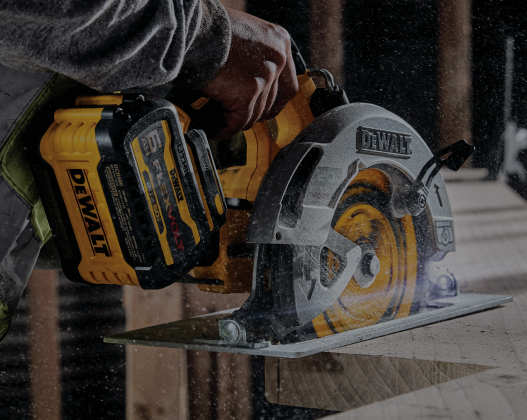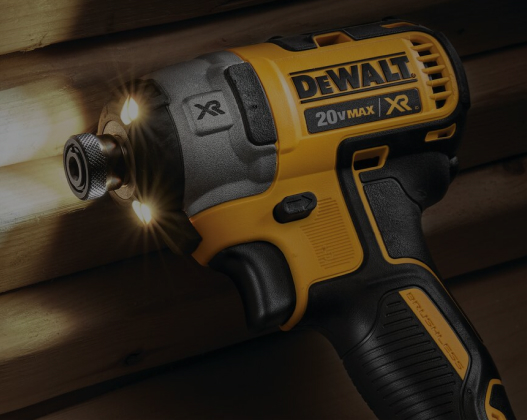- Featured Items
- Top Sellers
- Price (Low to High)
- Price (High to Low)
- Bevel Direction: Dual
- Cut Guidance System: Yes
- Miter Type: Compound
- Weight: 54 lbs.
- Bevel Angle (Right): 45 Degrees
- Bevel Direction: Dual
- Cut Guidance System: Yes
- Miter Angle (Right): 60 Degrees
- Miter Type: Compound
- Weight: 62 lbs.
- Bevel Direction: Dual
- Cut Guidance System: Yes
- Miter Angle (Right): 60 Degrees
- Miter Type: Compound
- Weight: 1100 lbs.
- Bevel Direction: Dual
- Cut Guidance System: Yes
- Miter Angle (Right): 60 Degrees
- Miter Type: Compound
- Weight: 1144 lbs.
Miter Saws
A miter saw is a stationary tool used for making a variety of different cuts, including cross cuts, bevel cuts, compound cuts, as well as its namesake, the miter cut. This provides the user with significant versatility to take on a range of projects in their workshop. Let’s take a closer look at some of the types of cuts and applications you’ll commonly perform with a miter saw.
When Should You Use a Miter Saw?
Crosscutting
A miter saw is likely the ideal tool for cutting boards in half. It’s very easy to see the cutting line when the piece of wood is set against the fence of the saw, allowing you to make a smooth, accurate cut exactly where you need it. You may be inclined to use a circular saw or hand saw for these types of crosscuts, but a miter saw will yield better results.
Angled / Miter Cuts
Unsurprisingly, angled cuts at the miter saw’s bread-and-butter. The blade of the saw can be rotated to the left or right to cut through the material at your desired angle. Regardless of your experience level, there are many projects that rely on angled cuts. These include simple woodworking projects like creating a picture frame, furniture making, flooring, trim work, and DIY tasks.
Bevel and Compound Angle Cuts
In addition to rotating the angle of the cut, you can also rotate the angle of the blade to make bevel and compound cuts. This is very useful when you’re installing crown molding and need to cut two precise angles at the same time.
How to Choose a Miter Saw
Keep the following factors in mind when selecting the miter saw that best fits your needs.
Blade Size
The most common blade sizes for miter saws are 10 inches and 12 inches, though you’ll also find options that are smaller and larger, such as a 7-1/4 inch blade. A 10-inch blade will likely be sufficient for most tasks the average user will attempt, and it doesn’t hurt that they’re cheaper and less expensive to maintain. You should go with a 12-inch blade or larger if you’re tackling a large-scale deck building project or routinely cut through thicker materials.
Single vs. Dual Bevel
A single bevel miter saw can make bevel cuts in only one direction, while a dual bevel saw can make them in both left and right directions. When using a single bevel saw, you’ll have to physically flip your workpiece to make the same cut on both sides. While this may be an unnecessary frustration for professional users, a single bevel saw is simpler, cheaper, more portable, and better for smaller DIY projects.
Sliding Miter Saw vs. Compound Miter Saw
Sliding miter saws feature rails that let the blade move forward and backward across wide workpieces. This greatly increases the cutting capacity of the saw, allowing you to cut through much thicker pieces of material. A compound miter saw functions in much the same way, but the lack of rails means it can’t cut materials that are as wide. However, compound miter saws are generally less expensive and take up less space in your workshop or garage. It may be the better choice unless you really need the enhanced cutting capacity of a sliding miter saw.
Miter saws are available in a wide variety of corded and cordless options from leading brands such as DeWALT, Makita, Bosch, Metabo HPT, and more.

































